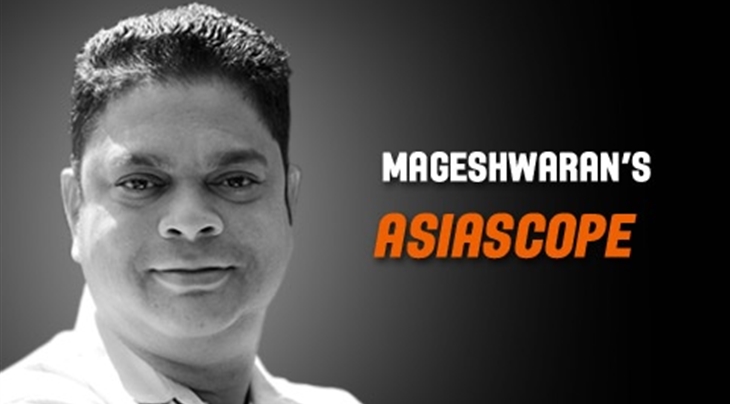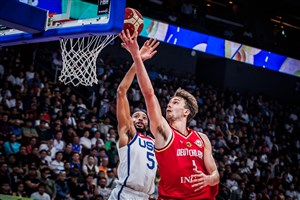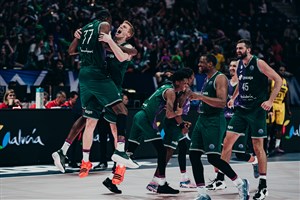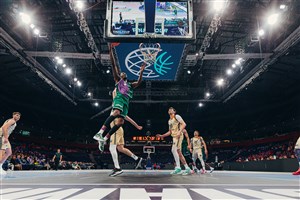
The 'next best thing' in Japan is indeed making progress
KUALA LUMPUR (Mageshwaran’s AsiaScope) - Yuta Watanabe has been the 'next best thing' to happen in Japanese basketball for a while now. In fact, Japanese men's basketball itself has been waiting for this 'next best thing' for a long time now. Some happenings in the recent past have gone a long way for positive signs to develop on the meeting point for these two 'next best thing' expectations.
Come next season, Watanabe will suit up for George Washington University and become the third-ever Japanese to play in the NCAA's Division 1 after KJ Matsui (for Colombia in 2005-06) and Taishi Ito (for Portland in 2006-07) and thereby add an important step to his progress as the prospective spearhead of the Hayabusa Japanese men's national team.
That the Japanese men's team has not achieved what it used to - or what is expected to - in FIBA Asia events is a no-brainer. The team has managed to take two successive gold medal games in the FIBA Asia Cup, but has always fallen short in the subsequent FIBA Asia Championship.
"Japanese teams back off when push comes to shove" is the common refrain among the discerning in FIBA Asia. The discussion - and to a large extent agreed upon - also generally revolves around the rigidity in the Japanese approach thus making them far too predictable to overcome any organized opposition.
"Japanese teams have to start believing in playing tough defense," Tom Wisman once told me in his early days as the coach of the Japanese National Team. Wisman has since gone on to coach Qatar's national team but the realities of the Japanese approach have remained, to a large extent, the same. For that matter, Wisman himself struggled to steer the team in the playoff stages at the 26th FIBA Asia Championship in Wuhan, China in 2011 after having led Japan to the Final at the 3rd FIBA Asia Stankovic Cup in Beirut, Lebanon. Last year, the story repeated itself at the 27th FIBA Asia Championship in Manila, Philippines - again about 12 months after losing to Iran in the Finals of the 4th FIBA Asia Cup in Tokyo, Japan.
Bygones?! Absolutely, since Watanabe has shown signs of breaking from the mould.
What makes Watanabe the 'chosen one' and not the Matsuis, Itos and many others? Well, the most basic and biggest quality of them all - size. Now, without dwelling too much into this aspect, one thing that stands out vis-a-vis Watanabe is the fact that he is the tallest young player to have emerged from Japan, in more than a decade.
"It's good for Nabe-chan (Watanabe) to play in a competitive team, but he's going to have to battle for playing time," says Matsui.
The point here is simple: Even if Watanabe doesn't get enough time on court during his freshman year, the experience of being there should suffice as against the lack of it.
As Donald Beck, the current coach of Toyota Alvark in the Japanese Basketball League - who 'advised' Watanabe in choosing George Washington - puts it: "There is a great amount of young talent in Japan. And I think the more exposure they get to other styles of play (and) other styles of coaching, the better they are going to be."
As the top brass in Japan basketball set about putting together a blueprint for a revamp of the professional league, Watanabe's experience and exposure to different styles of basketball may just act as the catalyst.
Watanabe indeed carries a lot of weight on his young shoulders. Capable shoulders hopefully!
So long…
S Mageshwaran
FIBA Asia
FIBA's columnists write on a wide range of topics relating to basketball that are of interest to them. The opinions they express are their own and in no way reflect those of FIBA.
FIBA takes no responsibility and gives no guarantees, warranties or representations, implied or otherwise, for the content or accuracy of the content and opinion expressed in the above article.

















